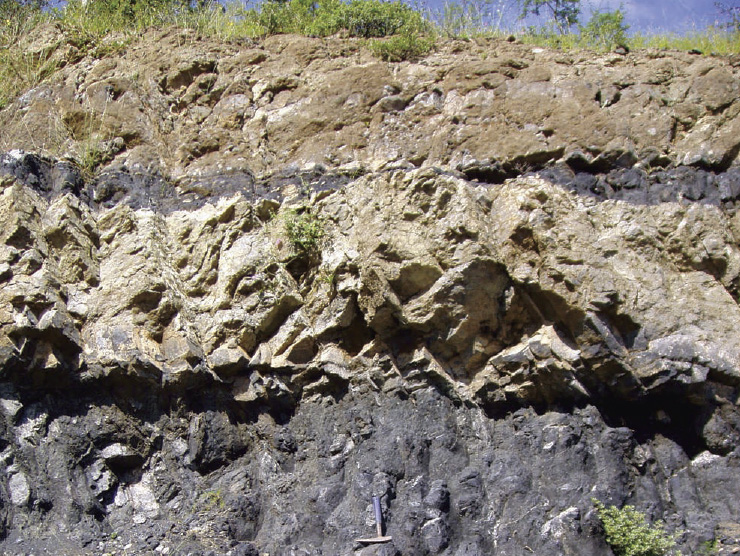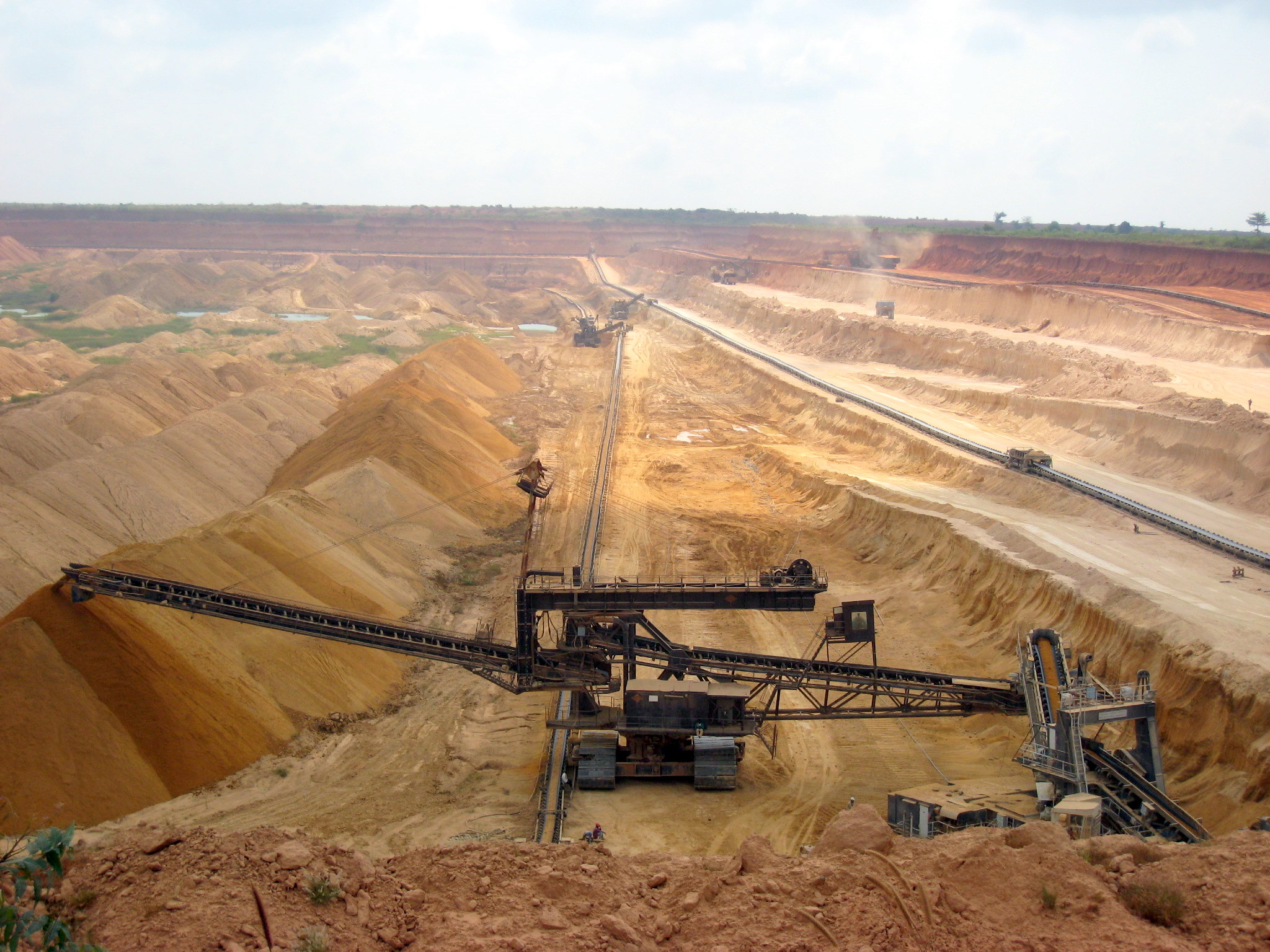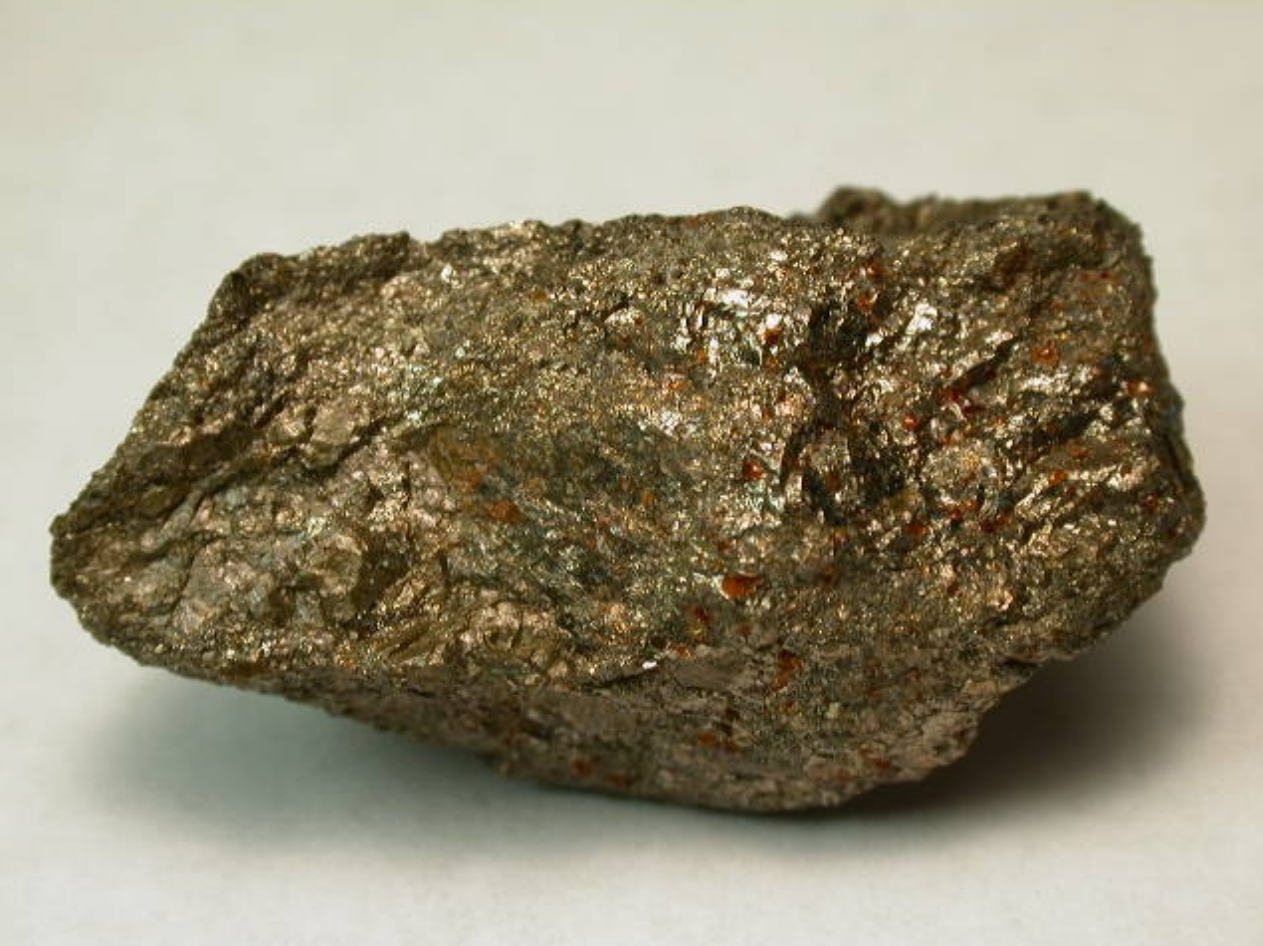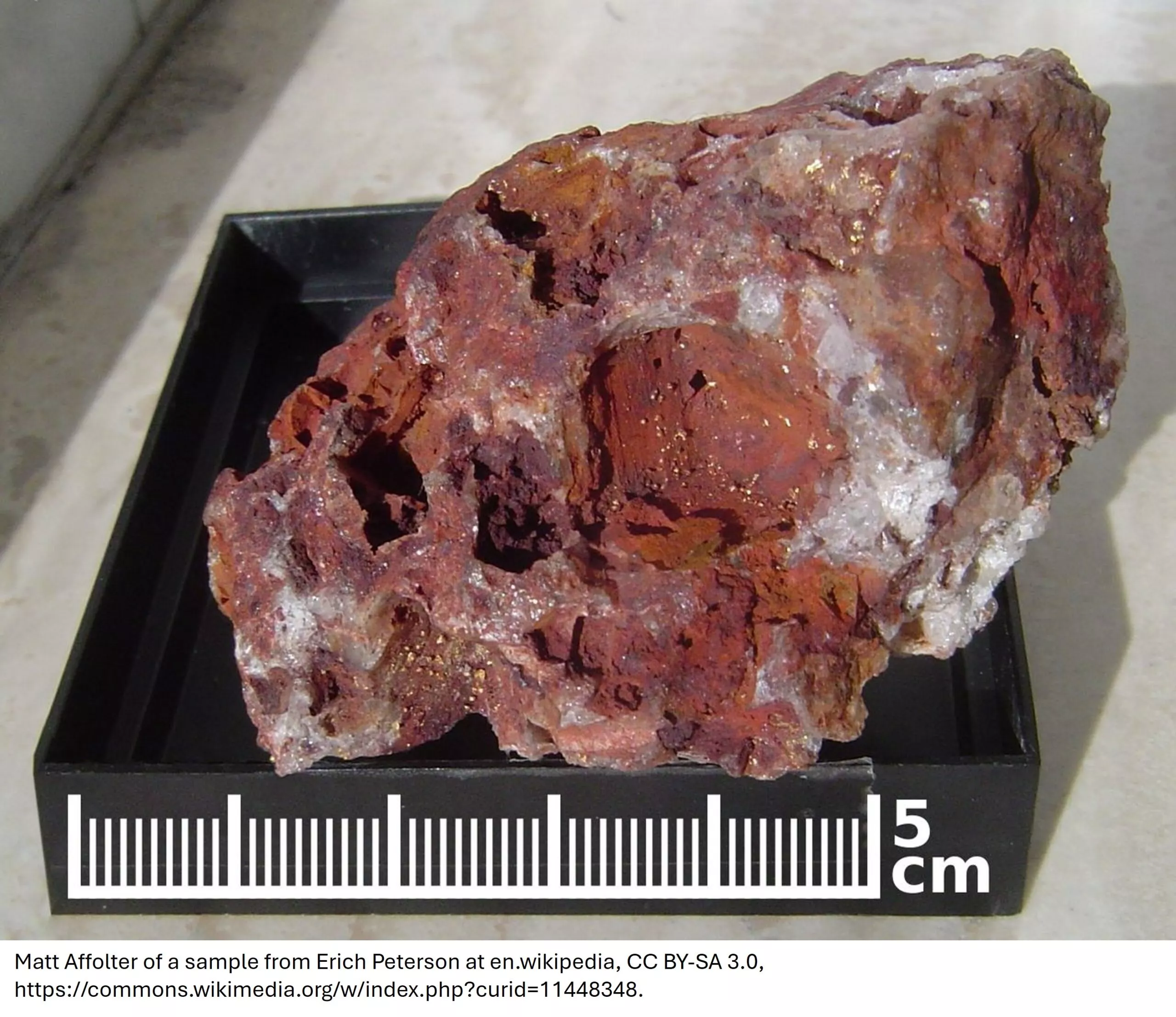Jamaica was known as the world’s top producer of bauxite producers globally, with a capacity of up to 5 million tonnes annually (1957-1971). Since then Jamaica has remained in the top 6 producers globally. However, its geology provides an opportunity for ore deposits other than bauxite including copper (Cu), gold (Au), zinc/lead (Zn/Pb), platinum group elements (PGE), chromium (Cr), nickel (Ni) and cobalt (Co). In this article, we review Jamaica’s geology and its metallogeny.
Jamaica is located in the Greater Antilles volcanic arc which includes the islands of Hispaniola, Puerto Rico and Cuba. A geologic history including plate subduction, crustal thickening and tectonism has resulted in extensive mineralization in this region of the Caribbean, the largest being the Pueblo Viejo gold deposit in the Dominican Republic.
General Geology and Structure
Jamaica is covered predominantly by limestones, with older Cretaceous (145 to 66 million years old) rocks being exposed in inliers (an area of older rocks surrounded by younger rocks). There are 28 inliers on the island, the largest being the Blue Mountain, Central and Lucea inliers (Image 1). The Cretaceous rocks have mineral rich zones and have been divided into a fore arc basin, a central volcanic arc and a back arc basin from East to West.
The current structure of Jamaica is formed by a series of blocks and troughs. These are defined by north north east (NNE) to south south east (SSE) trending faults dividing the island into three blocks: the Blue Mountain, Clarendon, and Hanover blocks. The blocks are separated by the Wagwater (also called the Wagwater Trough) and Montpelier – Newmarket Belts. These belts are the major fault zones in the area. A second set of faults, the east – west faults are dominant along the north and south coasts truncating the three blocks.
Other important faults include east-west trending faults in the Central Inlier (Bennett Fault); the Plantain Garden Fault and associated faults within the Blue Mountain Inlier; and faults associated with and/or running parallel with the Wagwater Belt. These faults offer potential conduits for mineralized fluids.
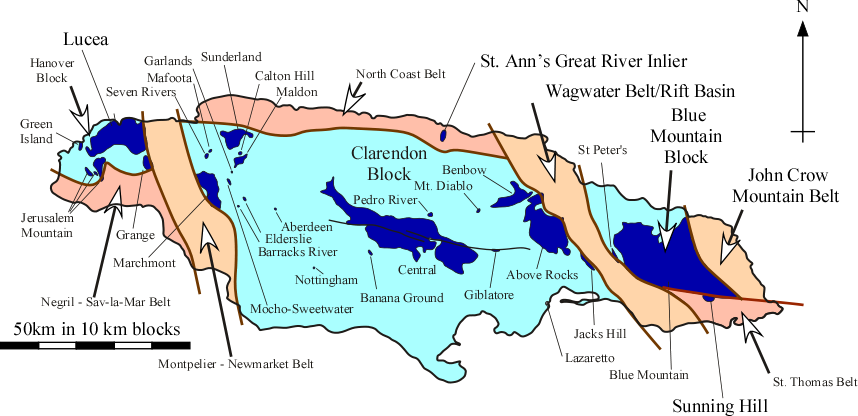
Mineralization Related to Mafic/Ultramafic Rocks
Mafic and ultramafic rocks are dark colored igneous rocks rich in magnesium and iron minerals. The former is dominated by the minerals pyroxene and feldpars and the later by pyroxenes and/or olivine. Also included in this description is the metamorphosed versions of these rocks.
In eastern Jamaica, in the vicinity of the Blue Mountains, ultramafic rocks are exposed including serpentinite and dunite. The serpentinite is formed from the metamorphosis of ultramafic rocks. These ultramafic rocks of Jamaica are thought to be part of a dismembered ophiolite sequence (rocks from oceanic crust and upper mantle material). The Wagwater Belt along with the Benbow and Central Inliers has outcrops of mafic lava including basalts and andesites. More than 50 mafic dykes (lamprophyres) have been identified in the Above Rocks Inlier (East Central, Jamaica), ranging from a few centimeter to several meters. In western Jamaica there are minor mafic intrusions in the Lucea Inlier.
Mineralization is generally related to ultramafic rocks of Eastern Jamaica. This has created potential for deposits of Cu, Ni, PGE and associated minerals. Tropical weathering of ultramafics are known to produce soils rich in iron oxide (laterite), Ni and Co. This leads to the possibility of high Ni and Co concentration in soils in this section of Jamaica.
Mineralization Related to Granitoids
Plutonic activity is related to igneous rocks that are formed from slowly cooling magma resulting in coarsened grain textures. Throughout Jamaica there are a number of plutonic intrusions that are related to the Early and Mid Cretaceous Volcanic Arc. These are predominantly granitoids (including but not limited to granite and granodiorite), containing largely feldspar and quartz minerals. In the Central Inlier, the granitoid intrusion is known as the Ginger Ridge Stock and is estimated to be 3 km in length. In the Above Rocks Inlier, there is the Above Rocks granitoid intrusion occurring as narrow dykes said to be hundreds of meters in length. There is also a known intrusion into Cretaceous rocks of the Blue Mountain Inlier.
Mineralization associated with plutonic activity in Jamaica includes:
- Disseminated-porphyry type Cu-Ag mineralization (a): Minerals encountered include azurite, bornite, chalcopyrite pyrite, malachite and magnetite.
- Disseminated-porphyry type Cu-Ag mineralization (b): Pyrite, but also pyrrhotite and chalcopyrite
- Contact metamorphism – along margin of granitoids mineralization includes disseminated copper sulphides (including but not limited to chalcopyrite and bornite) and in some cases magnetite-sulphide-quartz veins.
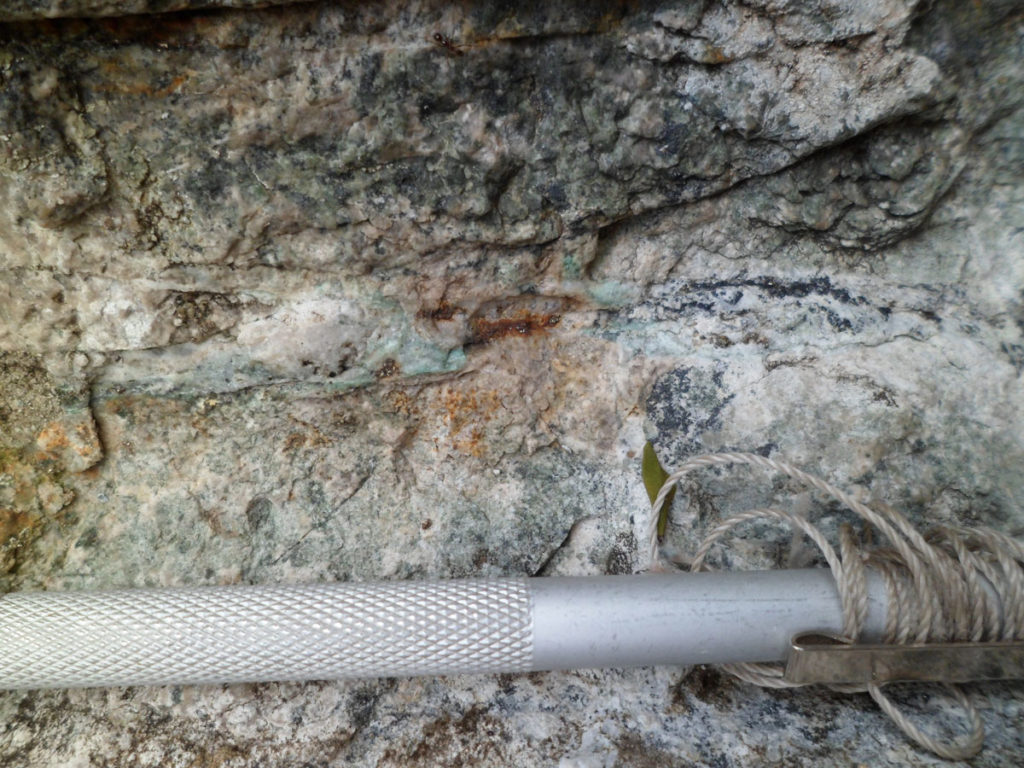
Mineralization Related to Faulting
As mentioned above, faulting provides perfect conduits for mineralization. In the Central Inlier, there is evidence of low sulphidation epithermal gold. Mineralization is represented as stockwork (randomly oriented/structurally controlled) quartz/carbonate veins and is associated with the Bennett Fault. This ore deposit could also be described as mineralization relating to granitoids as it potentially represents the uppermost section of the hydrothermal system related to the Ginger Ridge Stock of the Central Inlier.
In the Wagwater Belt, mineralization is related to intersecting faults related to conglomerates and andesites. The veins are irregular and consist of masssive galena-sphalerite-pyrite-calcite. This presents a zinc/lead ore with a potential for silver and gold.
Conclusion
While Jamaica has a long history of mining, it’s exploration potential is far from exhausted. There is potential for new deposits and deposit types hosting metallic minerals based on mineralization related to mafic/ultramafic and granitoids rocks and faulting. Known and potential ore deposits include Cu, Au, Zn/Pb and associated minerals including Ag.
Further Reading
- Barrie, C.T. (2015). Technical Report on the Bellas Gate Copper-Gold Project, Clarendon and St. Catherine Parishes, Jamaica: Update. Prepared for Carube Resources Inc. (PDF)
- Brown, I., & Mitchell, S. F. (2010). Lithostratigraphy of the Cretaceous succession in the Benbow Inlier, Jamaica. Caribbean Journal of Earth Science, 41(2). (PDF)
- Carube Copper Corp. Above Rocks, Main Ridge, and Hungry Gully Technical Data Reports. Accessed May 30, 2019. (Company Website)
- Drakapoulos, Y. (2018). The Evolution of Bauxite Mining in Jamaica – Modern Challenges for a Mature Industry. Travaux 47, Proceedings of the 36th International ICSOBA Conference, Belem, Brazil, 29 October – 1 November, 2018. (PDF)
A more extensive reading list is available upon request.

